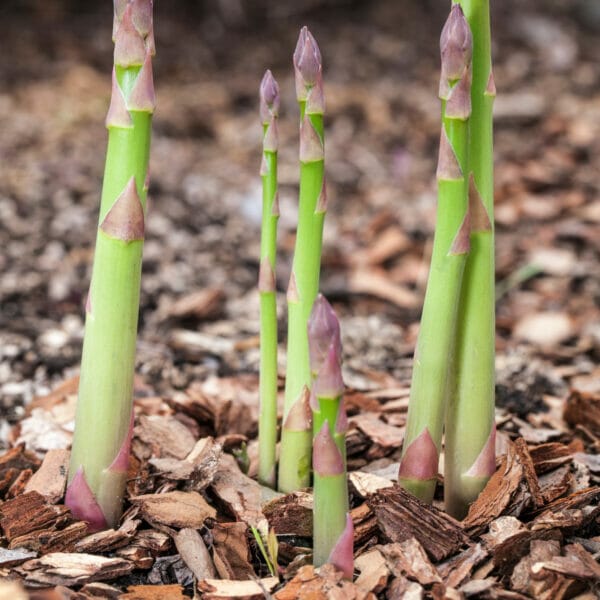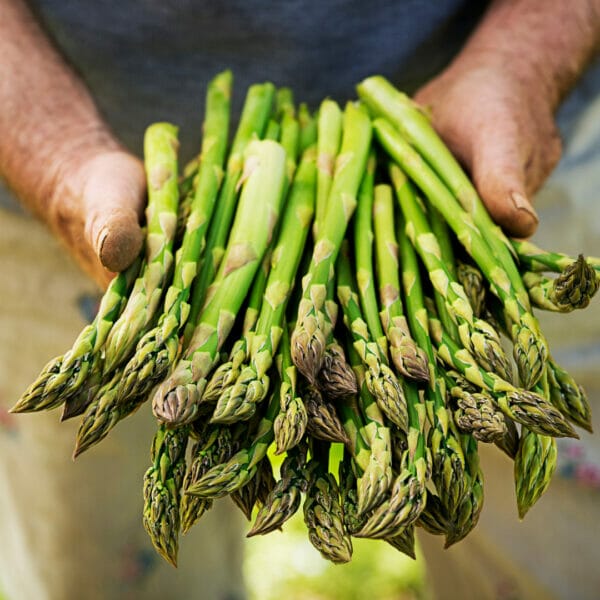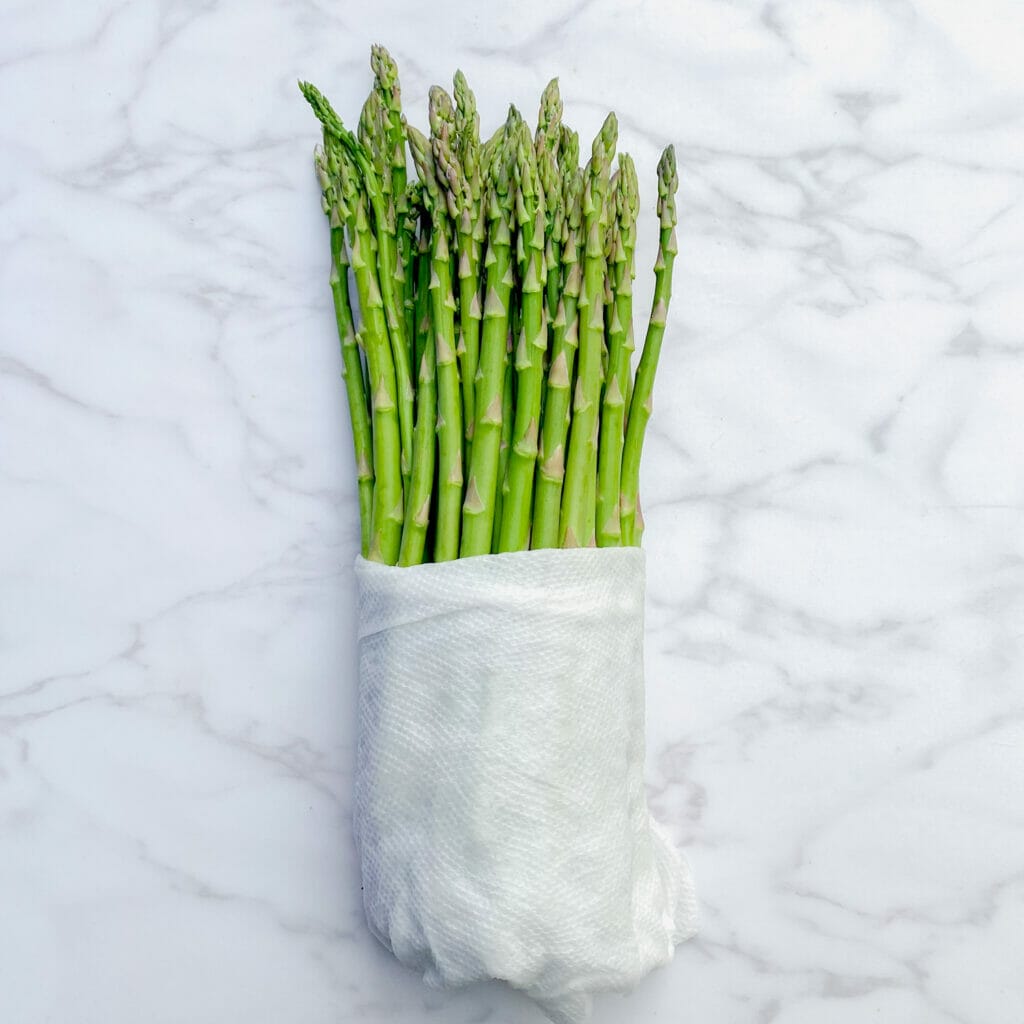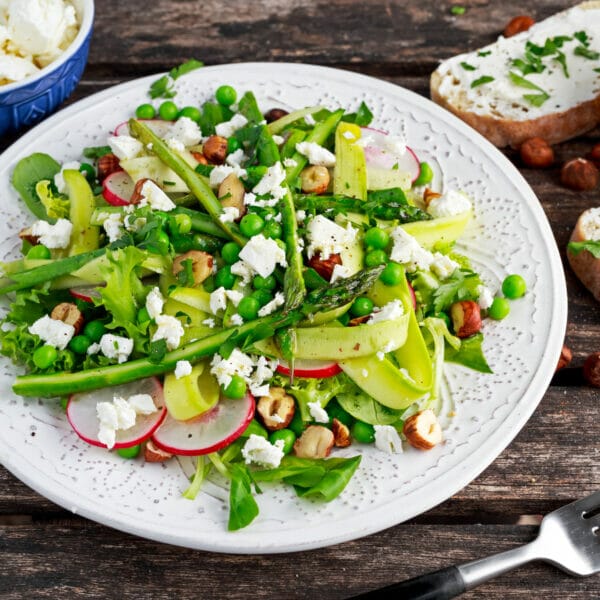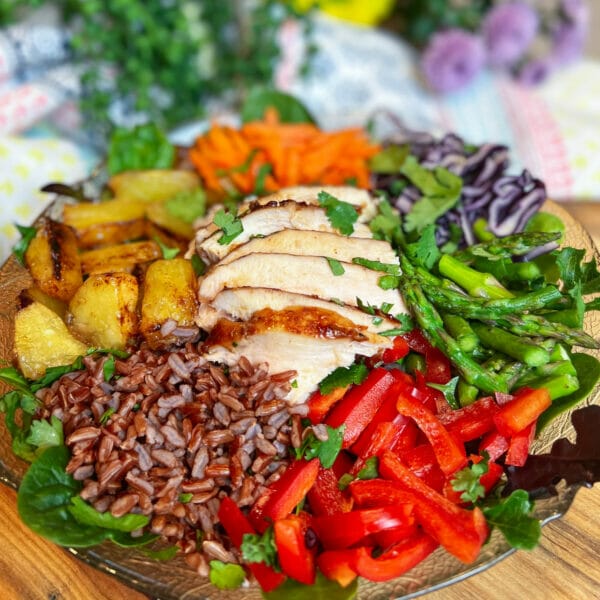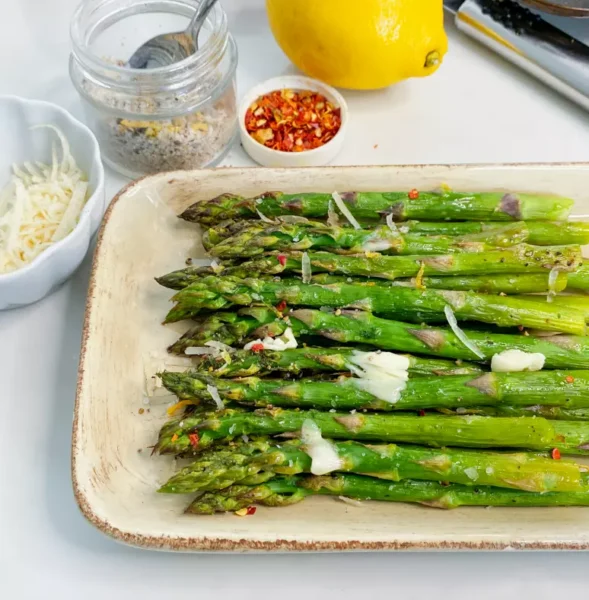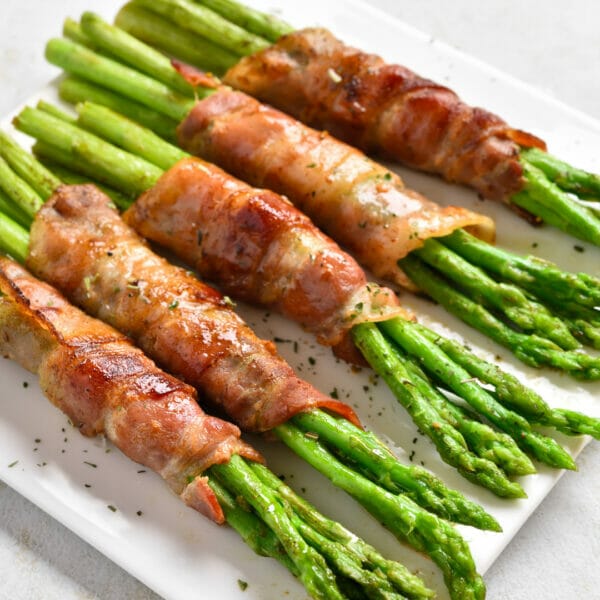How to Select and Store Fresh Asparagus
Make the most of asparagus with these helpful tips for how to select and store fresh asparagus. In this FAQ, I’ll also share interesting tips, preserving thoughts and my favourite ways to use asparagus.

Also Read: How to Make Oven-roasted Asparagus, April Foods & Meal Plan, Asparagus and Pickerel Sheet Pan Dinner
Common Questions Asparagus
Have a question that isn’t covered? Let me know in the comments below.
Fun Facts
Asparagus spears come shooting out of the ground at rapid speed – for a plant, that is. Spears can grow 10 inches in 24 hours!
It takes at least three years to establish an asparagus plant in a garden.
Thick asparagus does not mean the stem is old and tough. It just means the shoot came out of the ground strong and healthy from a well established plant, probably a little later in the season. Thin stems come from younger plants or from early on in the season from more mature plants.
Asparagus is the only vegetable that produces asparagusic acid. When we digest it, it gets broken down into sulfur compounds. When you pee after eating asparagus, these sukfur byproducts evaporate and cause a stinky odour. Not pleasant, but nothing to be alarmed about. And fun fact, not everyone smells the odour – so it’s possible the person next in line to use the bathroom may not smell anything! Read more on LiveScience.
There are different varieties of asparagus, some are more purple than green and each variety has a slightly different flavour.
Edible asparagus (Asparagus officinalis) is a member of the lily family, it is not actually a fern. It is related to the tropical house plant known as an asparagus fern (Asparagus densiflorus) (also not a fern). For safety sake, don’t eat any part of the house plant!

Stay tune for more asparagus recipes throughout the season.
What’s your favourite way to enjoy asparagus?
Let me know if you try it down below in the comments or on Instagram @GetGettyS or on Facebook @GettyStewart.HomeEconomist.


